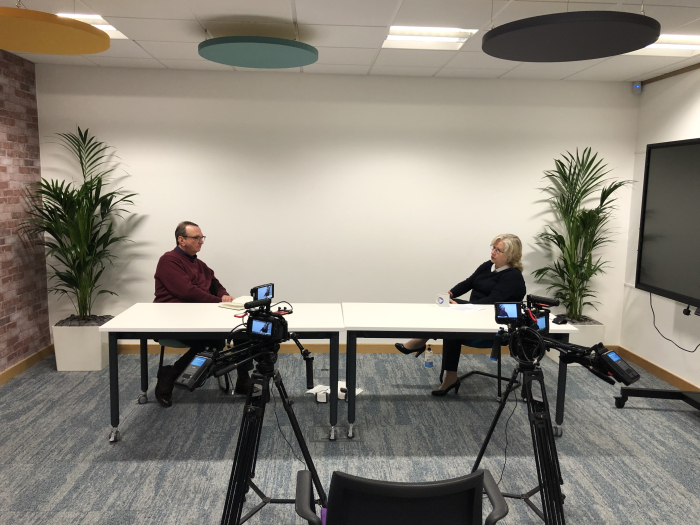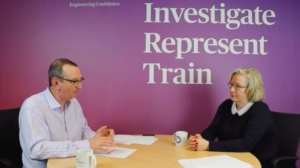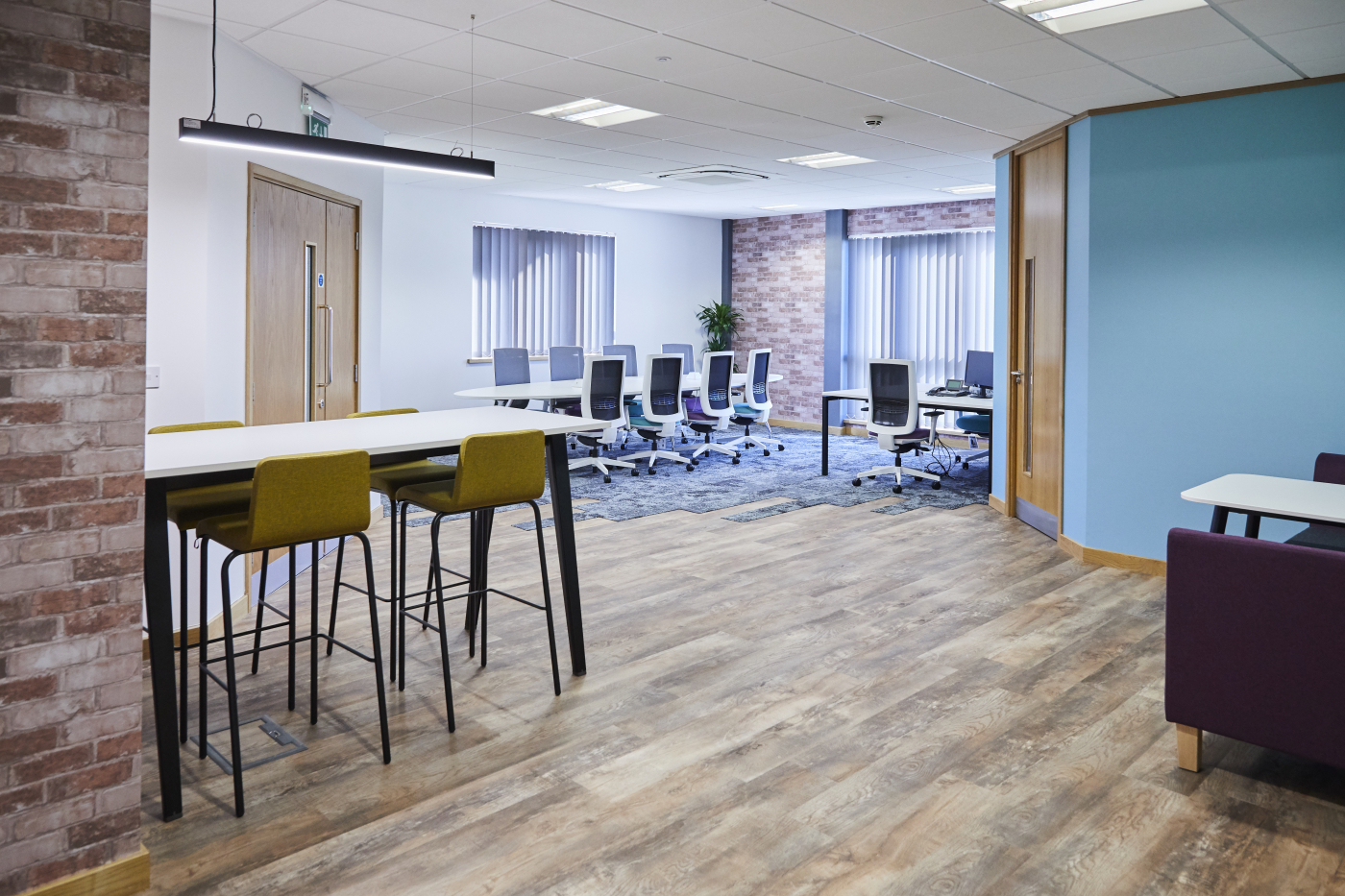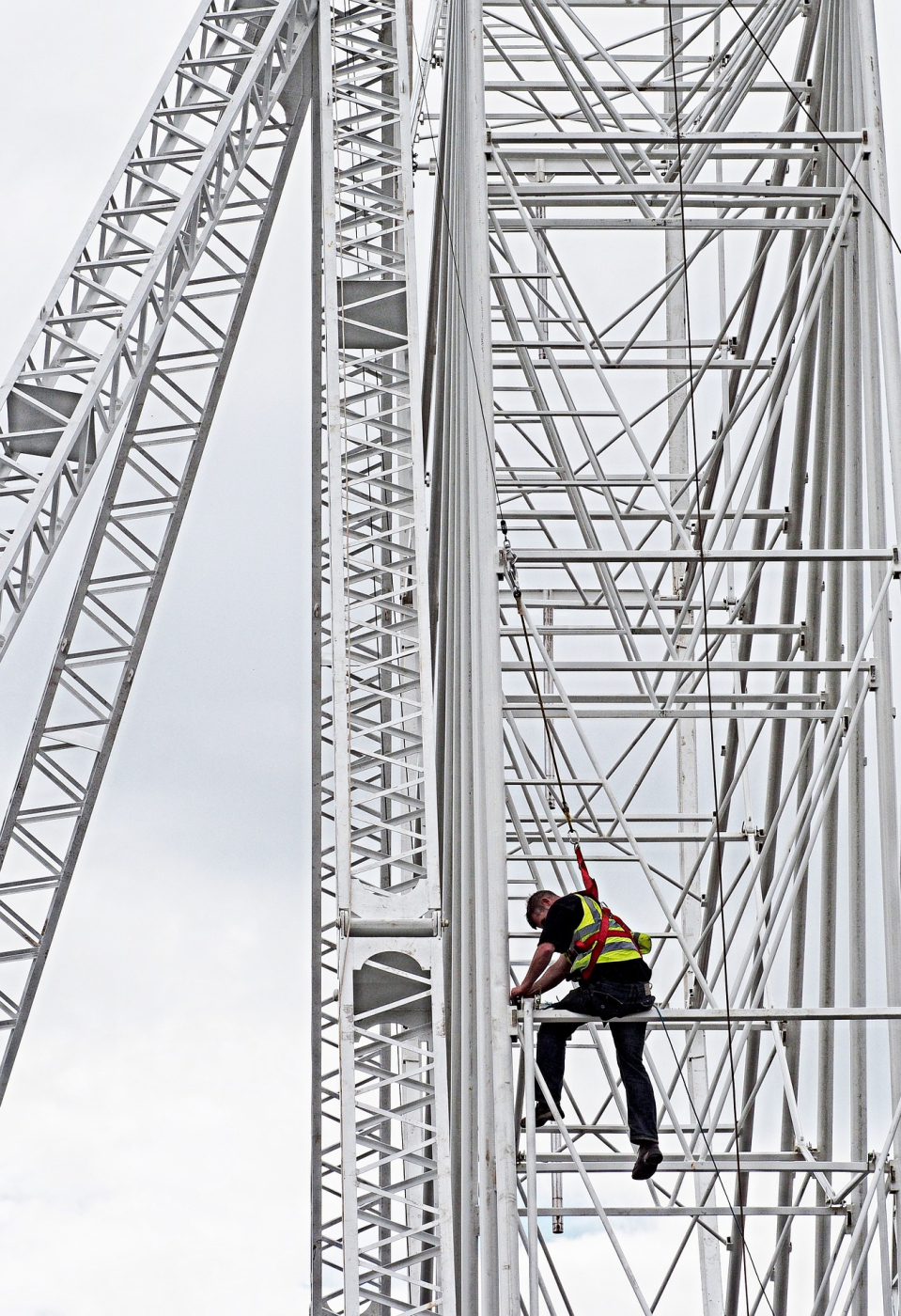In this vodcast, specialist health and safety solicitor Susan Dearden and health and safety expert Melvin Sandell take a look at the latest accident and ill health statistics for Great Britain, consider what change next year’s statistics might show and what impact the trends have on business.
Transcript
The HSE published the latest available health and safety statistics in May which are for the year up to the end of March 2020 when the UK had just been put into lockdown.
Based on reports from the Labour Force Survey 700,000 workers in Great Britain sustained a non-fatal injury in of which 65,427 were serious enough to be reported under RIDDOR and 111 were fatalities. On 7th July, so just a couple of weeks ago, the HSE published further information about fatal accident statistics for the year 2020-21 which are very interesting as they cover the UK’s key lockdown period. It will be particularly interesting to see in due course whether the non-fatal injury figures will follow a similar trend which shows quite a marked increase in deaths in the previous year.
If you look at the comparable figures for the previous 2 years you can see quite a marked increase in the number of accidents, though a decrease in the more serious ones which have to be reported under RIDDOR, and a decrease in the number of fatal accidents until the lockdown.
It’s probably fair to point out that although fatal accidents have increased quite markedly in lockdown it is only marked because the fatal injury accidents fell quite a bit in the pre lockdown year which the HSE suggested might be attributed to the first month of lockdown. The rate of fatal accidents in lockdown after March 2020 is not out of kilter with the 2 years before that. It is interesting that almost half of the non-fatal accidents are attributed to slips, trips, falls on the same level, and handling, lifting, or carrying injuries.
That’s a common factor over the years and I think surprises some people – falls from height for example are a significant cause of fatalities but the accident statistics seem to show that if a fall from height doesn’t kill you, it contributes much less to survivable injury statistics with 8% of non-fatal injuries attributed to falls from height.
It is interesting that 30% of the fatalities for the last 2 years have involved workers aged 60 or over though such workers make up only about 10 or 11% of the workforce. Why that might be the case, and do you think this could be something worth looking at on review of risk assessments do you think Flip?
Perhaps too much store is being set on experience – the older generation often has a tendency to take an “if it ain’t broke don’t fix it” approach to health and safety rather than standing back to evaluate whether an absence of accidents is down to luck rather than judgment and don’t always go back to first principles which are – eliminate the risks if possible, particularly the serious ones, and if not possible then look at engineered controls, administrative controls such as training and signage, and then PPE as a last resort.
And the cases of the fatalities is interesting too. The top 3 causes of fatal injury in the workplace over the last year has been falls from height, being hit by moving vehicles and being struck by moving objects in the workplace. Slips and trips and manual handling also need some thought as they are the primary causes of the more serious injuries.
The HSE sets its priorities by reference to the statistics so we expect site tidiness and manual handling high on the agenda on any inspection, as well as proper segregation between pedestrians and vehicles and other objects in the workplace.
Do you think that non-fatal statistics when available will show a marked decrease in accidents because of the numbers of people who have been on furlough or working from home, or will follow a similar trend to the fatal accident figures with a marked uptick in numbers?
I think it’s a difficult one to call. COVID measures may well be a relevant factor but could go either way in terms of impact – fewer people in the workplace might for example reduce supervision, or encourage poor H&S behaviour. But on the other hand, homeworking might have reduced some risks normally faced in the workplace. Bear in mind that when you break the statistics in relation to accidents down by industry the highest rates of workplace injury are agriculture, forestry and fishing, construction, manufacturing, wholesale and retail trade, repair of motor vehicles and accommodation and food service activities. Some of these industries, particularly accommodation and food service, have been closed or on limited operation for much of the last year because of COVID, but agriculture, construction and food production factories have been very active so this may limit reductions.
Yes, that’s true, and if you look at HSE prosecutions in the last 12 months – in other words for key lockdown months, although prosecutions are down in number a significant number of the reports in the last year involve the construction industry. The incidents being prosecuted seem to be predominantly falls from height and machinery-related accidents. There could well have been an increase in incidents that haven’t been prosecuted and which are currently hidden if absence through infection and isolation measures impacted on training and supervision of staff particularly in the higher risk industries you have mentioned such as construction and manufacturing.
Obviously, the last year has been dominated by the coronavirus. Because of the lockdowns, extended periods of furlough and large numbers of people working from home, my expectation is that we are likely to see an increase in mental health issues, with stress and isolation playing a role. I guess the statistics available don’t show that yet as they are only until the end of March 2020.
That’s true, but interestingly 828,000 people were estimated to be suffering from work-related stress, depression, or anxiety of which 347,000 were new cases in the 2019-20 data. This is quite a marked increase on the previous year and since about 2004 there has been a steady increase year on year. 51% of new and long-standing cases of work-related ill health are attributed to stress, depression, or anxiety. The increase may in part be attributed to the longstanding stigma surrounding this type of illness being tackled. But I agree with you Sue, I think that COVID working conditions could well impact the 2020/21 figures and increase the numbers markedly yet again.
The main causes of stress pre COVID seem to have been workload, lack of support, violence, threats or bullying and changes at work and I know that the HSE has work-related ill health as a particular area of focus and do expect employers to protect workers from stress by carrying out and acting on risk assessments in this area.
Yes, the HSE promotes Management Standards to tackle this issue using a systematic approach to implementing an organisational procedure for managing work-related stress. There is a useful step by step workbook on their website.
We’ve all heard of the phrase popularised by Mark Twain, “lies, damned lies and statistics “which describes the power of numbers, and statistics, in particular, to bolster weak arguments. If employers should take one thing away from the most recent statistics Flip, what would it be?
Well Sue, if you haven’t yet been persuaded by the statistics to revisit your risk assessments and working methods, think about them from a cost-saving viewpoint. The figures for the 12 months to the end of March 2020 show that 38.8 million working days were lost due to work-related illness and workplace injury and that the cost of injuries and ill-health in the 12 month period was an estimated £16.2 billion.
I’m not sure how the HSE estimates that total cost but of course absences due to work-related accidents and work-related hill health comprise:
- Sick pay.
- Pay additional staff to cover absence.
- If a compensation claim is made then, particularly larger businesses, often self-fund a layer of the cost of any claim, and claims will impact insurance premiums going forwards.
- If you get any enforcement notice for a H&S breach, that can cost you contracts on tenders, particularly for public sector work which invariably ask about your record.
- There are also hidden costs with workforce productivity declines if an incident or conditions causing stress impact more than the person who takes time off for injury. These things can escalate.
And, whilst statistically, the number of prosecutions brought did reduce and I’m sure will be shown to have reduced dramatically due to COVID since March last year, when it happens, any financial penalty imposed comes straight off the bottom line. That isn’t an insured cost, it is borne by the business and it is truly intended to punish. The sentencing guideline makes this very clear saying, “The fine must be sufficiently substantial to have a real economic impact which will bring home to both management and shareholders the need to comply with health and safety legislation”. To my mind, that is the greatest incentive of all for looking at and learning from the trends so that health and safety controls in your workplace leave no gaps and give you maximum protection from these avoidable costs.






